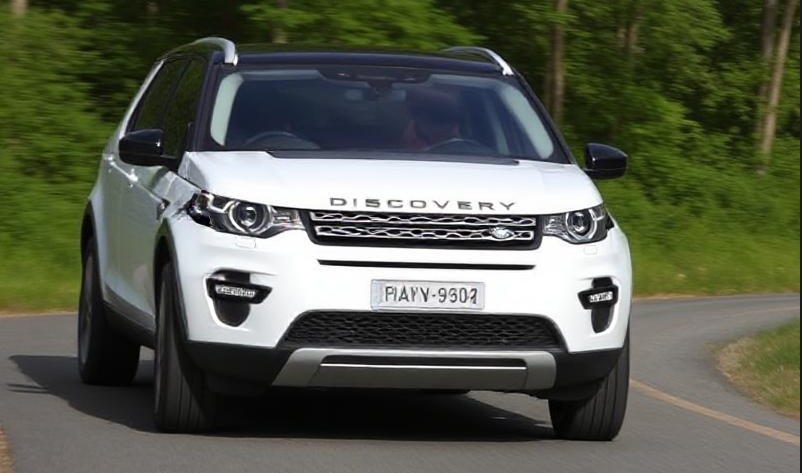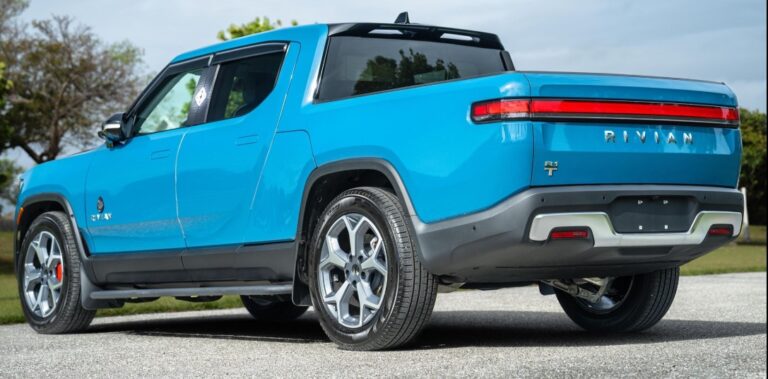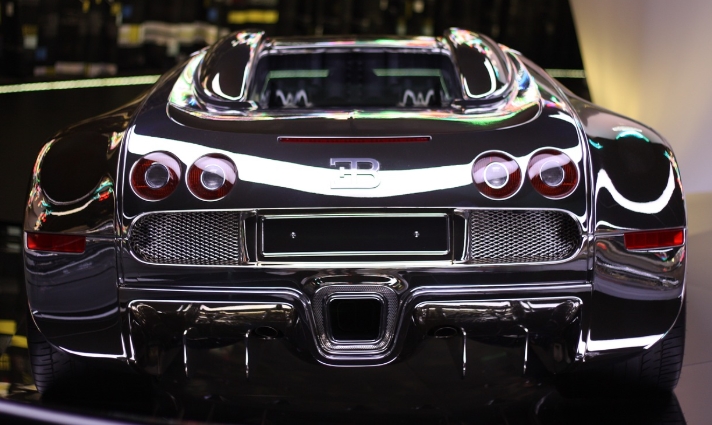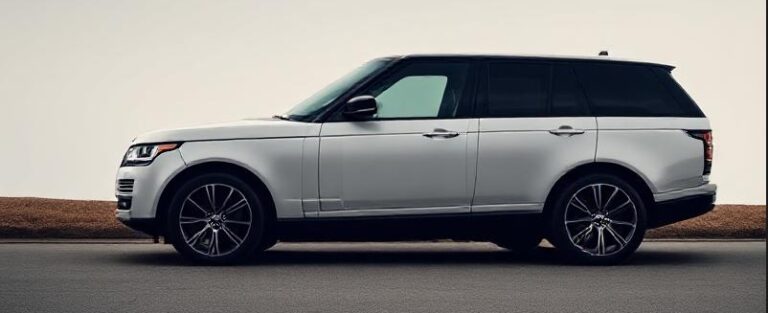The Evolution of the Land Rover Discovery Sport
The Land Rover Discovery Sport has established itself as a key player in the premium compact SUV market since its inception. Introduced in 2014, it has undergone several updates and iterations, appealing to a wide range of customers with its blend of luxury, practicality, and off-road capability. The following article delves into the evolution of the Discovery Sport, detailing the years produced, models, trim levels, and significant changes throughout its lifecycle.
The First Generation: 2014 – 2020
Launch of the Discovery Sport (2014)
The Land Rover Discovery Sport was unveiled at the 2014 Paris Motor Show, debuting as a replacement for the aged Land Rover Freelander. Built on the iQ[Al] platform, which it shares with the Range Rover Evoque, the Discovery Sport was designed to offer spaciousness, versatility, and off-roading prowess. It came with 5+2 seating as standard, a feature that set it apart from competitors in the compact SUV segment.
Trim Levels and Features (2015 – 2020)
The initial configuration of the Discovery Sport included several trim levels to cater to diverse customer needs:
- Pure: The base model, offering essential features such as a rearview camera, an 8-inch touchscreen infotainment system, and a host of safety features.
- SE: Adding more tech amenities, the SE included features like a panoramic sunroof, upgraded audio systems, and navigation.
- HSE: This trim introduced more luxury with leather upholstery, advanced driver assistance technologies, and premium sound systems, helping cement Discovery Sport’s reputation as a luxury SUV.
- HSE Luxury: As the flagship trim, it offered top-tier amenities like heated and ventilated front seats, premium leather, and a more refined interior finish, elevating comfort and style.
- First Edition: Introduced for the first year of production, it was packed with exclusive features and color choices, appealing to early adopters.
Under the hood, the Discovery Sport launched with a range of powerful, fuel-efficient engines, including:
- A 2.0-liter turbocharged four-cylinder engine in various outputs (150, 180, and 240 horsepower).
- A 2.2-liter turbo-diesel engine offered in select markets.
Updates and Facelifts (2017 – 2020)
In 2017, Land Rover announced significant updates to the Discovery Sport, enhancing the SUV’s appeal. These upgrades included:
- Exterior and Interior Refresh: A refreshed front grille, redesigned headlights with updated LED technology, and new rear taillights provided a more modern look. The interior offered improved materials and an upgraded infotainment system with the Touch Pro interface.
- Safety and Technology Enhancements: The updated model included new driver assistance systems such as Autonomous Emergency Braking (AEB) and updated parking aids.
- Engine Updates: Improvements in two-liter diesel and petrol engines came with enhanced efficiency and lower emissions.
.
**********
Find the best tires for your vehicle at Mavis
(available in: AL, CT, DE, FL, GA, IL, IN, LA, MA, MD, MO, MS, NC, NH, NJ, NY, OH, PA, RI, SC, TN, TX, VA, WI, WV)
**********
.
The Second Generation: 2020 – Present
Redesign and Introduction of the New Discovery Sport (2020)
In 2020, Land Rover introduced the next generation of the Discovery Sport, continuing its legacy while adopting contemporary design language influenced by other models in the lineup. It was built on an evolved version of the D7U platform, focusing on modularity and sustainability.
Trim Levels and Features (2020 – Present)
The new Discovery Sport continued to provide various trim levels but shifted the nomenclature slightly to align with the brand’s strategic repositioning.
- Base Model: Providing a strong set of features, the base model started at a competitive price point with comprehensive safety and connectivity options.
- S: This trim added enhanced technological features, including an upgraded infotainment system, improved upholstery, and more exterior color choices.
- SE: The SE offered a balance of luxury and functionality with additional features like a larger touchscreen, premium audio, and enhanced safety systems.
- HSE: Offering more luxury features, including advanced driver assistance technology and high-quality interior finishes, the HSE trim represented the essence of premium compact performance.
- R-Dynamic: Introduced alongside the HSE, this trim emphasized sportiness and offered distinctive exterior styling elements.
- R-Dynamic HSE: Incorporating all attributes of the standard HSE but with a sharper, sport-oriented design language, it catered to those desiring a more dynamic appearance.
- First Edition: Retaining the exclusivity of the previous generation, the First Edition offered all the features in the R-Dynamic HSE, along with unique trim and color options.
Powertrains and Electrification
The new Discovery Sport maintained the popular 2.0-liter four-cylinder powertrains but with an emphasis on efficiency and performance. The new line-up included:
- Diesel and petrol variants offering between 150 and 300 horsepower, paired with smooth automatic transmissions and optional all-wheel drive.
- Introduced mild-hybrid technology to enhance efficiency, particularly with the diesel variants, catering to the growing demand for environmentally friendly vehicles.
Technological Integration and Safety Features
Both generations of the Discovery Sport have incorporated advanced technology features. The infotainment systems have evolved to keep pace with driver expectations, integrating features like Apple CarPlay, Android Auto, and an advanced navigation system. Additionally, the introduction of features like the ClearSight interior rearview mirror, Adaptive Cruise Control, and Terrain Response Systems has highlighted Land Rover’s focus on providing a comprehensive driver and passenger experience.
Market Position and Impact
Since its launch, the Discovery Sport has enjoyed popularity among urban customers and adventurous families alike, thanks to its balanced design that melds off-road capability with daily practicality. Competing against rivals like the BMW X3, Audi Q5, and Volvo XC60, the Discovery Sport has leveraged its British heritage, brand loyalty, and off-road reputation to secure a place in the hearts of SUV enthusiasts.
Conclusion
From its debut in 2014, the Land Rover Discovery Sport has evolved impressively over the years. The combination of luxury, practicality, and remarkable off-road capabilities, along with several well-defined trims and continuous technological advancements, positions the Discovery Sport as a versatile vehicle that caters to a wide range of buyers. As Land Rover moves forward, the Discovery Sport remains a critical model in their lineup, continuing to adapt to meet the needs of its evolving customer base while embracing the latest trends in automotive technology and sustainability. The future looks bright for the Discovery Sport, ensuring that it remains a formidable contender in the SUV segment for years to come.







